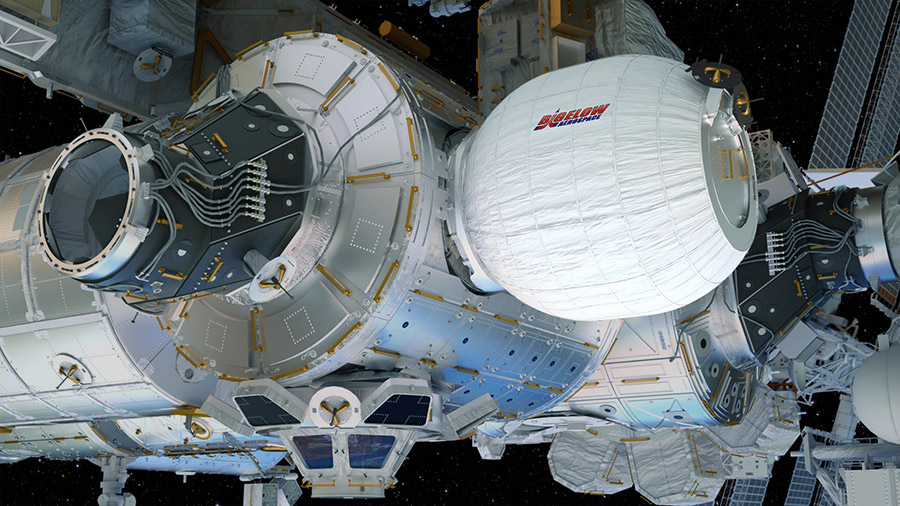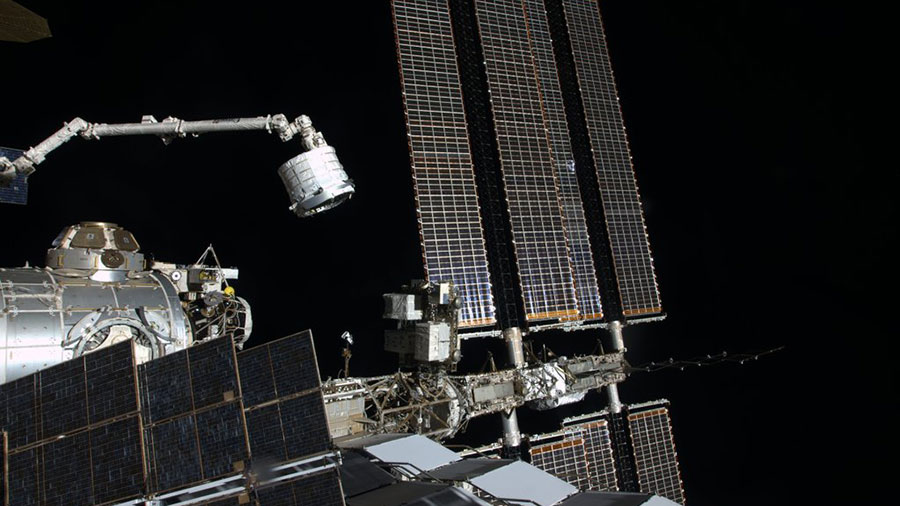At 9:04 a.m. EDT, NASA Astronaut Jeff Williams began introducing air into the Bigelow Expandable Activity Module (BEAM) in a 22-second burst followed by an 8-second burst at 9:13 a.m. The teams are allowing the module to stabilize and expand in between bursts.
Flight controllers monitoring the operation have confirmed some expansion of the module both in length and diameter.
NASA Television coverage from Mission Control Center at NASA’s Johnson Space Center in Houston continues and can be viewed at https://www.nasa.gov/nasatv
For more information about BEAM, visit: www.nasa.gov/beam. For more information about the International Space Station, visit: www.nasa.gov/station. For additional live coverage of expansion, follow @Space_Station on Twitter.







